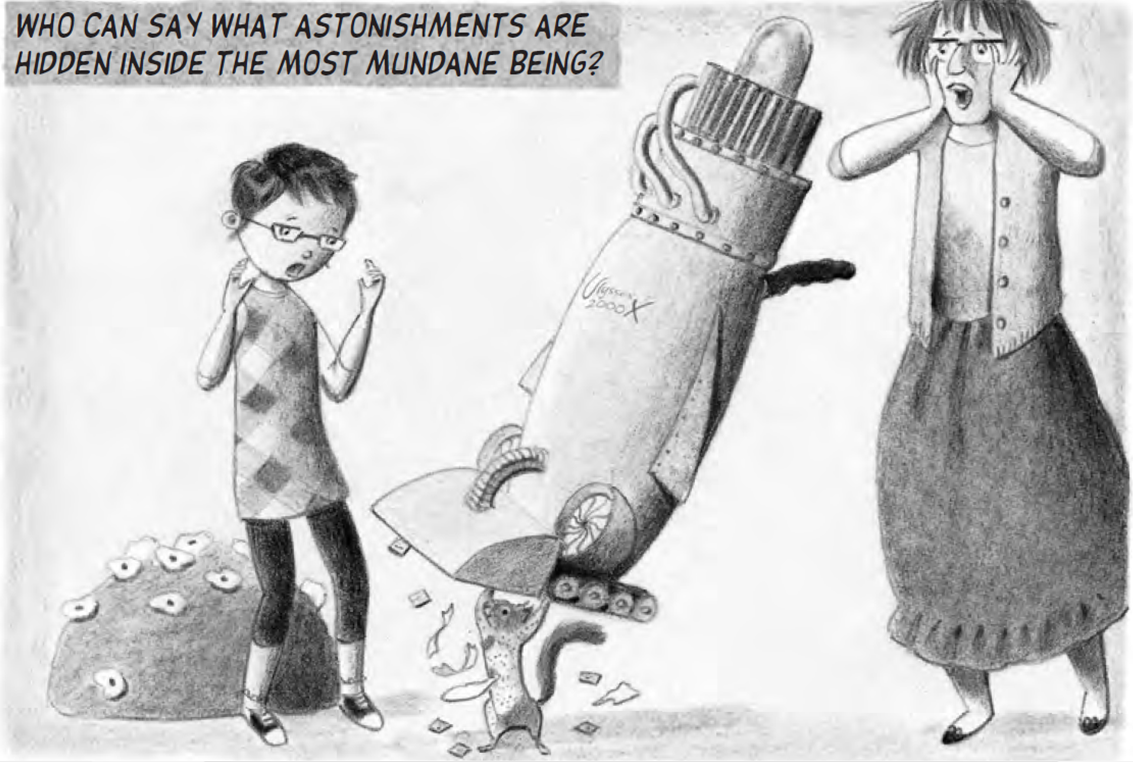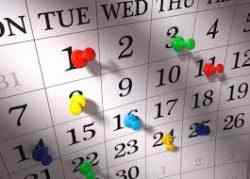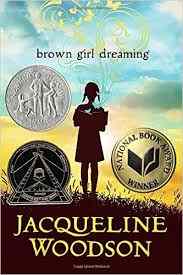
Graphic Novel Uses in the Classroom
Flora and Ulysses was what I believe a great book for a gateway into graphic novels or the other way around. If a child likes graphic novels using this book can be a great way to help them adjust into reading chapter books. Because this book was not all graphic novel it was not so different from the other reading it just had more pictures in it. I have not really read a lot of graphics because in my school they were not able to be tested on for AR. When I thought of graphic novels I thought of anime and comic books. If I had read more it would have change how I thought about reading and what it means to be a reader. If I read more I would have seen that many types of books in many different types of styles is still considered reading. As a future teacher it is important to know that each student has different likes and interests and they will like different books. Reading graphic novels, poetry, or other genres will help you find books for your students.
I imagine using graphic novels and comics in my classroom to help students learn all subjects. Sometimes math can be hard to figure out and having the students write and create their own graphic novels to explain how to solve the problem. This can be done for science and also social studies. Creating a comic about historical events can help the students understand the information better.



